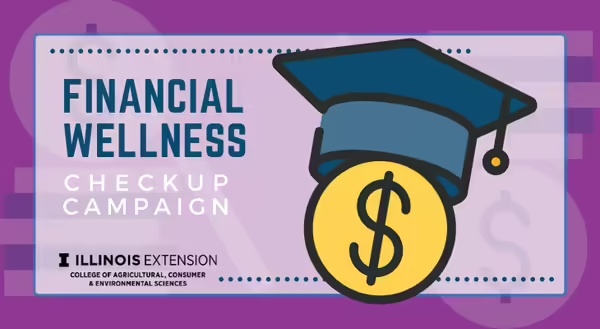
Back-to-school excitement – with a little spice of apprehension – is in the air! As the back-to-school season approaches, financial challenges and opportunities abound.
One opportunity is to help youth grow their money skills. It’s easier to engage people in money conversations and decision-making when it relates to them. No one cares more about which school folder, backpack, or school clothes is purchased than the child or young adult that will use them! Take advantage of the moment and include children in back-to-school decision making.
Teach kids how to comparison shop.
Youth need opportunities to practice making purchase decisions, and back-to-school shopping is a great opportunity. Comparison-shopping, staying within a budget, and living with our choices are all money strategies to learn. Plan Well, Retire Well blog post, Three Money Strategies You Can Do with Your Children, discusses ways to develop your child’s money skills.
Use stories to begin money talks.
Reading stories to children is another excellent way to begin conversations about money. Those Shoes, by Maribeth Boelts, helps kids learn about needs versus wants; even when the want is the perfect shoes for school! The Consumer Financial Protection Bureau’s (CFPB) Youth Pedagogy Model proposes developing self-control as a building block for positive adult financial behavior. School shopping is a money behavior that requires self-control! Parents can download Those Shoes: Parent Reading Guide for conversation starter ideas and related fun activities.
Decide who pays for college.
Time flies once children start school. Before you know it, your kindergarten student will be exploring post-high school choices. Don’t wait until their high school graduation to begin a conversation about who is responsible for college or other training costs. University of Illinois Extension educators tackle this tough topic in their Family Financial Feuds podcast, Who Should Pay for College?
Practice managing a financial account.
As the saying goes, practice makes perfect. High school is an excellent time to have teens open and practice using accounts, like a checking account. Part of this practice is learning how to choose an account. Financial Wellness for College Students’ peer educator, Manish Raheja’s blog post, How do I open a checking account? is a good place to start.
Financial aid. Revisit options.
Many families will experience unemployment or a decline in income this school year. College students whose income (or their parents' income) has dropped recently should talk to the financial aid office at their school. Financial aid offices have the flexibility to work with students to adjust financial aid when income changes. Also, the Federal Student Aid’s webpage, Coronavirus and Forbearance Info for Students, Borrowers, and Parents has up-to-date information on this topic.
Create a college spending plan.
Are you or someone in your family heading to college this fall? Create a plan before the school year starts. Talking about which expenses will be paid by the student and which by parents can help avoid misunderstandings. Matthew Williams, peer educator, shares his experiences in the Be Centsible blog post, Where did my money go? (A beginner's guide to budgeting).
Evaluate spending choices.
Spending choices often have pros and cons. College students: take time to assess where you want to spend your money based upon your values. A prime example is transportation choices. Read, Should I use my car or the bus system to get around campus?, by peer educator Oksana Batryn for her thoughts about the choices.
I hope you’re enjoying our Financial Wellness Checkup social media campaign. This week’s theme is back-to-school and will feature the resources discussed above. To follow along as our campaign continues, choose your favorite social media mode:
- Instagram: @family.finances.food
- Facebook: Around the Table
- Twitter: @famfinancefood